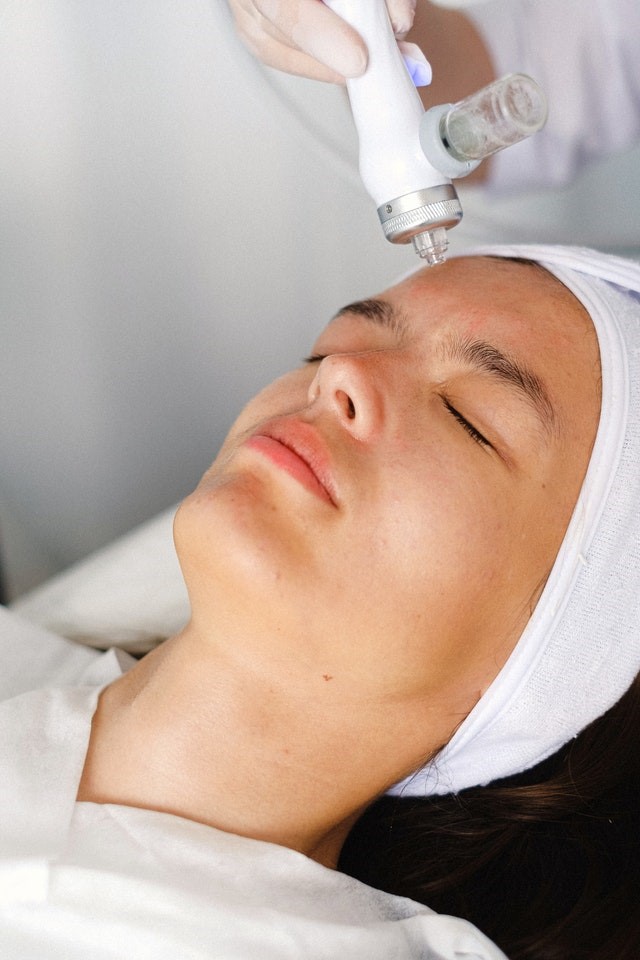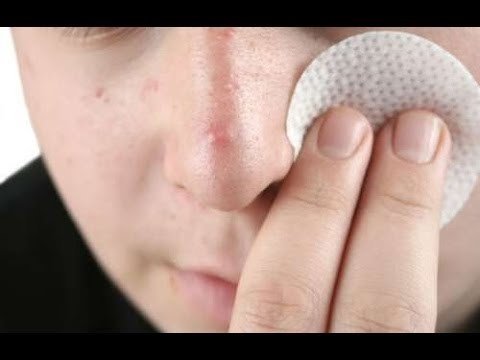
Are you concerned about the impact of the passing of the years on your physical appearance? If so, you’re not alone. The truth is that this is the reason why the aesthetic industry is in so much demand, currently and always, and why the invention of so many treatments and surgical procedures aimed at improving the image.
While it is true that some offer to make certain modifications to the features of the face, such as a more profiled nose, the lifting of the eyebrows, eyelid tightening, among others. In general, among the most requested treatments are those that are intended to attack and laminate spots, wrinkles, scars, impurities and other imperfections of the face.
This is because the face is considered as the reflection of age. If the person has a face that looks young, they are thought to be younger than they actually are. Therefore, many seek to undergo these treatments without skimping on prices or sacrifices.
At present, it is possible to find a number of treatments to rejuvenate the face. Some of them may be painless, others cause mild discomfort. However, there are those who say that to be beautiful you have to see stars. But the truth is that these treatments are for both women and men who want to look good.
One of the newest treatments on the market is facial radiofrequency. In recent years it has been gaining renown and popularity, since it is a fairly simple procedure.
But what is it? What does it consist of? What are its benefits and implications? Is it worth a try? Is it affordably priced? Through this short post I will be giving you answers to these and other questions related to facial radiofrequency.
Instructions for facial radiofrequency
Facial radiofrequency is an aesthetic rejuvenation treatment that consists of tightening the skin by causing controlled thermal damage to its deeper layers. This action reduces fine wrinkles, deep wrinkles and folds, achieving a lifting effect.
It is considered as an alternative to surgery and, although it offers fewer results, it is very little invasive, since it is a very simple procedure that has been developed with the use of new devices and new applications.
Its great advantage, over other minimally invasive aesthetic treatments, is that it tightens the tissues without altering the superficial part of the skin, that is, the epidermis. Which means that, after treatment, recovery is immediate.
It must be clear that this is not a new procedure. Actually, it has been used for decades in different areas of medicine. For example, to clot blood, to tighten joints, to treat alterations in the cornea or heart ducts, etc.
When using it on the skin, thermal currents are used that reach the dermis and cause collagen contractions, at the same time that new collagen appears and this is confirmed by different types of studies.
The heat it generates is obtained by means of an electric current in the deepest part of the skin. Since it offers resistance to the passage of electricity, it generates heat and thus induces the production of collagen.
What do you need to do facial radiofrequency?
Something that can motivate you to decide whether to undergo this treatment or not, is to know what its advantages are. Some of the advantages offered by facial radiofrequency are:
- It acts through an electric current, and not through a light source, as lasers do. This means that it is not absorbed by melanin, as in the case of lights. In this way, it can be applied on any type of skin and during all seasons of the year.
- After treatment, some patients only manifest certain redness or edema in the treated areas. In fact, they can immediately return to their normal activities, as recovery is rapid.
- It is responsible for reaffirming the areas where previously there was the presence of flaccidity.
- It decreases the number of wrinkles on the face and attenuates the deepest ones.
- Improves and brings greater luminosity to the skin.
- It increases collagen and elastin, achieving a rejuvenating effect.
- A facelift and neck lift is achieved.
- Raise your eyebrows.
- It fills and smoothest the skin. Tips for facial radiofrequency
Despite having many positive aspects, it is also necessary that you are aware of what are the implications or negative aspects that are related to this procedure. Some of them are:
- It is not considered as powerful a treatment as those that are more invasive because they modify the epidermis and, therefore, require more days for recovery.
- The process can become annoying and painful. Especially when high energies are used. Therefore, anesthesia may be necessary before treatment is applied.
- Since it is not as powerful as an ablative rejuvenation, it is not recommended when the patient has very deep folds.
- Because it is minimally invasive, the patient must undergo multiple sessions.
- It cannot be used in patients who have a defibrillator or dermatosis in the area to be treated.
- It should also not be used on tattooed skin or on those that have been treated with radiotherapy.
Facial radiofrequency is a fairly simple treatment, which, after several sessions, produces improvements in sagging and wrinkles of the face. However, it should be noted that there is a wide development of devices and forms of application in the aesthetics industry, which makes it more complicated to determine, homogeneously, their effectiveness.
However, if what you are looking for is better the appearance of the skin of your face, this treatment can help you get rid of those annoying imperfections that come over the years. Check with your attending physician before deciding to undergo one of these treatments. It is important that you do not miss any detail, because the purpose is that you can look good without sacrificing your health or another aspect related to the integrity of your face.



